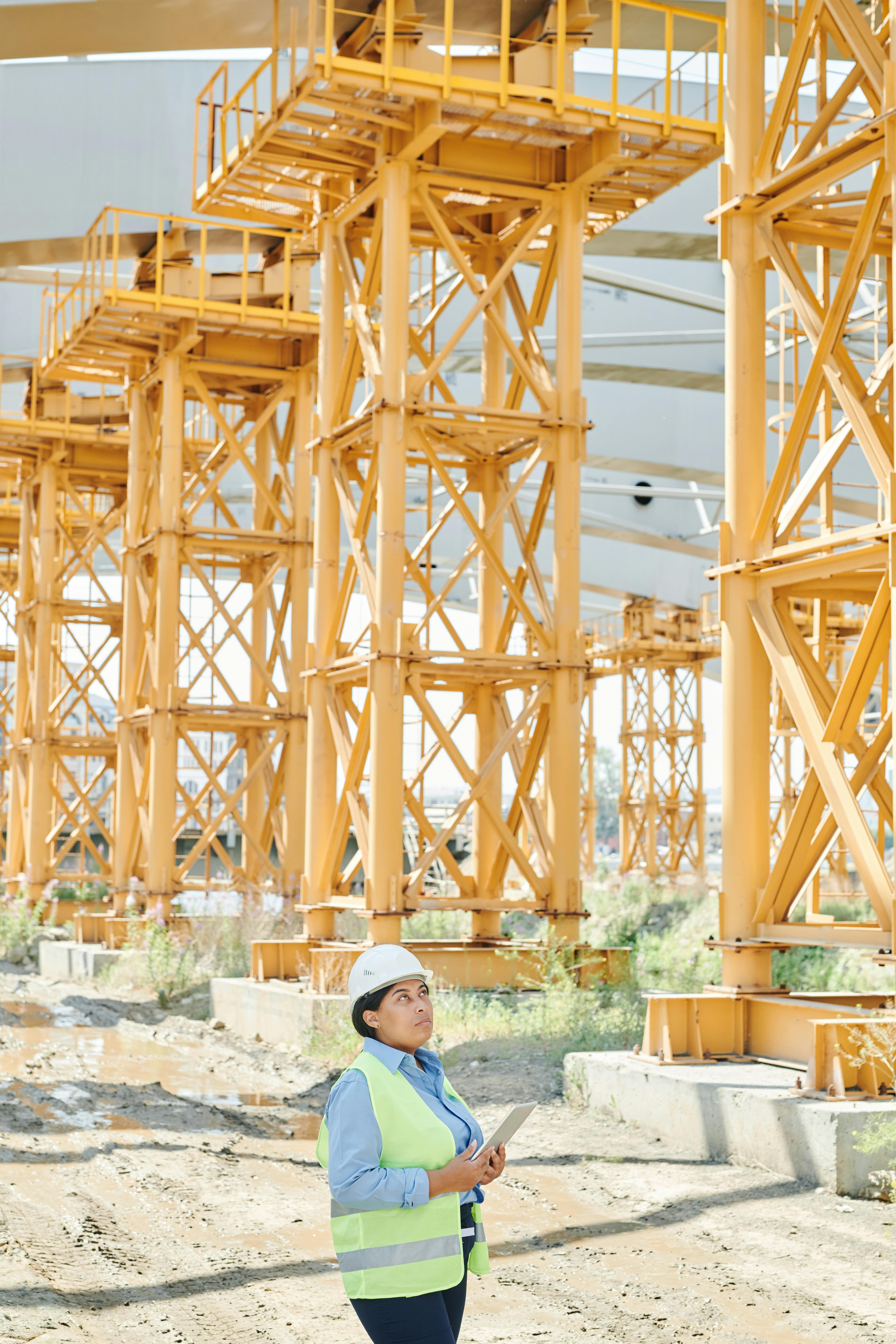
Understanding UK Scaffolding Regulations: A Comprehensive Guide for Safety
Scaffolding is a crucial element in building construction, building maintenance, and other engineering works. It provides access to hard-to-reach areas and makes it possible to execute complex tasks at a height. Nevertheless, the use of scaffolding goes beyond convenience. It also prioritizes worker safety. To govern the use of scaffolding, the UK government has set specific regulations. We aim to provide a comprehensive understanding of these UK scaffolding regulations in this guide for ensuring utmost safety.
Introductory Understanding of Scaffolding
Scaffolding, sometimes referred to as “staging”, is an ancillary structure of tubes, boards, and couplers temporarily used to support work crews and materials during construction or maintenance works. It is usually made of wood, bamboo or metal, catering to needs across a myriad of activities from house painting, renovations, to major construction sites. It is, essentially, a platform for workers to stand or sit on while performing tasks at significant height, hence providing both convenience and safety.
Importance of UK Scaffolding Regulations
Given the inherent risk involved in executing tasks at height, it is paramount that these structures are secure, well-constructed, and strong. Consequently, to ensure a consistent safety standard across the industry, the UK government has implemented various regulations pertaining to scaffolding. These statutory rules guide the construction, inspection, alteration, and dismantling of scaffolding to mitigate associated risks and ensure a safe environment for workers.
Work at Height Regulations 2005
The principal set of regulations governing the use of scaffolding in the UK is the Work at Height Regulations 2005, or WAHR. The regulations are comprehensive and intricate, making it essential for contractors, employers, and those using scaffolding to understand them fully. These regulations apply to all work at height, where there is a potential risk of a fall liable to cause personal injury.
It is noteworthy that WAHR emphasizes the safety of employees and contractors who intend to work at height. The regulations actively promote a proactive rather than a reactive approach to safety, ensuring the implementation and maintenance of safety measures to prevent accidents.
The Role of The Health and Safety Executive (HSE)
The HSE is the body responsible for enforcing health, safety, and welfare legislation, which includes the Work at Height Regulations. They provide detailed publications, comprehensive guides, safety alerts, and regular inspections to ensure compliance with the rules. It's their mandate to ensure every job involving height is adequately planned, supervised, and executed by competent individuals using appropriate equipment.
HSE can issue prohibition notices if they identify serious risks during their checks, and businesses that do not comply with their directives or fail to prioritize safety can face hefty fines or even imprisonment.
Scaffolding Safety Guidelines
Under the UK scaffolding regulations, there are several guidelines that must be adhered to. These incorporate best practices in scaffolding design, construction, use, and dismantling, including the specific use of guardrails, toe boards, and brick guards. Furthermore, personal protective equipment (PPE) such as helmets, safety harnesses, and non-slip boots are mandatory whilst working on scaffolds.
Additionally, it's imperative that employers or those in charge of scaffolding ensure regular inspections, with a recommended frequency of once every seven days. If changes or structural adaptations are made to the scaffolding, or if there have been severe weather conditions, immediate inspections must take place to ensure safety standards are upheld.
Final Thoughts
With numerous potential risks associated with working at significant height, the UK scaffolding regulations play a fundamental role in ensuring worker safety. It is essential for everyone involved in the construction industry, from contractors to employers and even workers, to be fully familiar with these rules and regulations, as not only can they save lives, but also it is a legal obligation to comply.
Understanding and complying with these regulations equates to providing a safe working environment, minimising risk and accidents at the workplace, and demonstrating a commitment to health and safety, which can build trust not only amongst employees but also clients. By doing so, we can make the construction industry safer and more efficient, a goal that we should all strive towards.